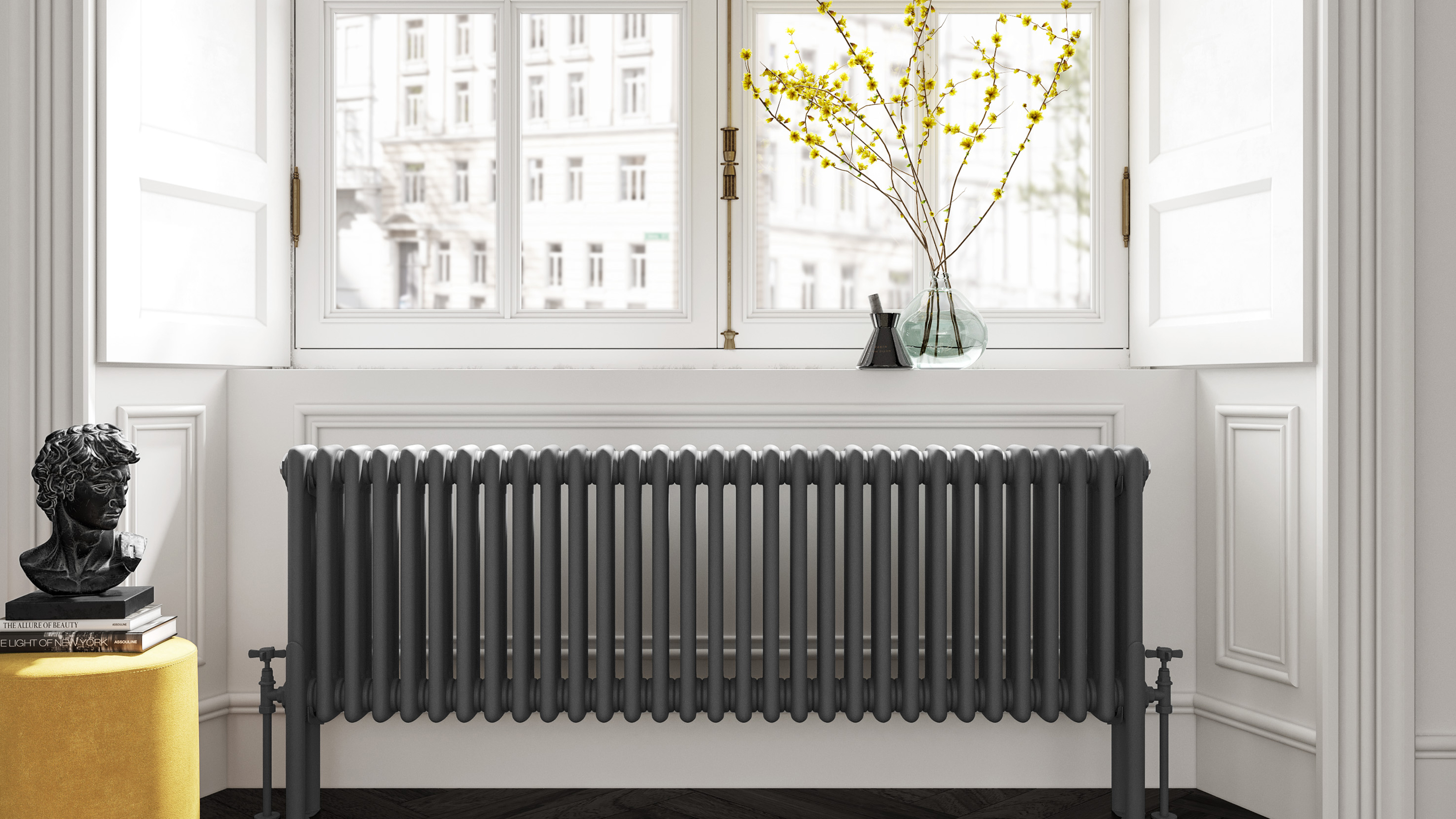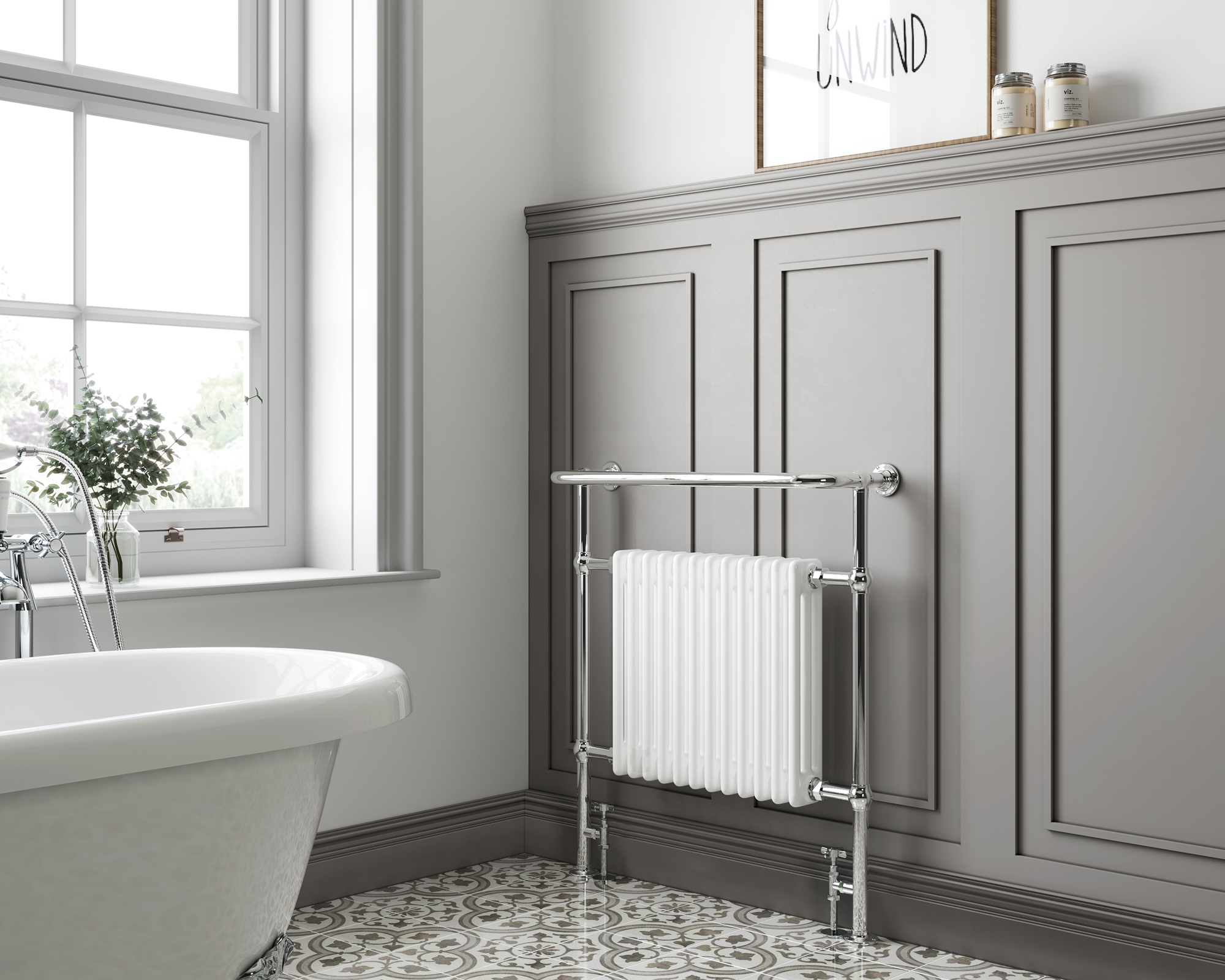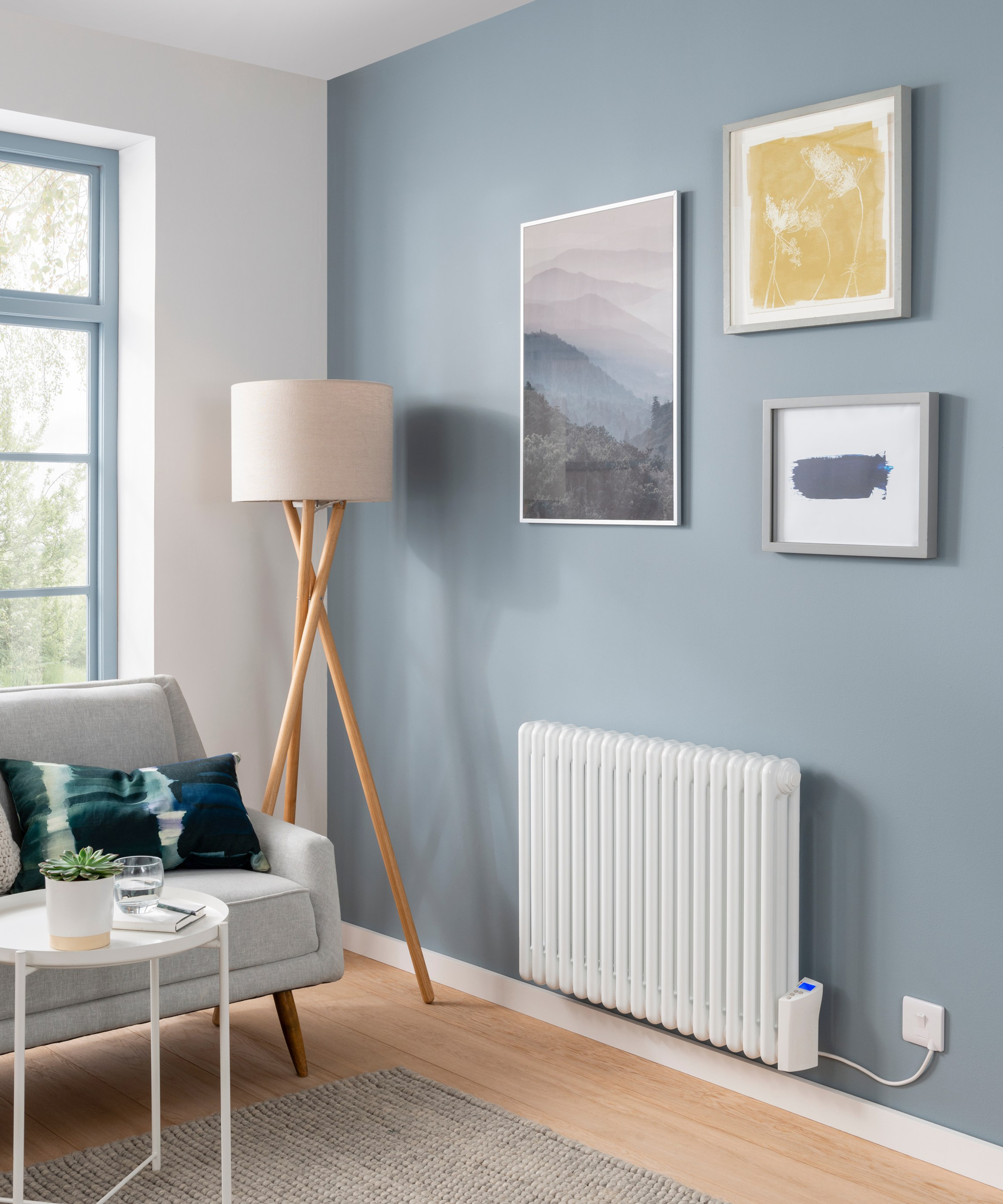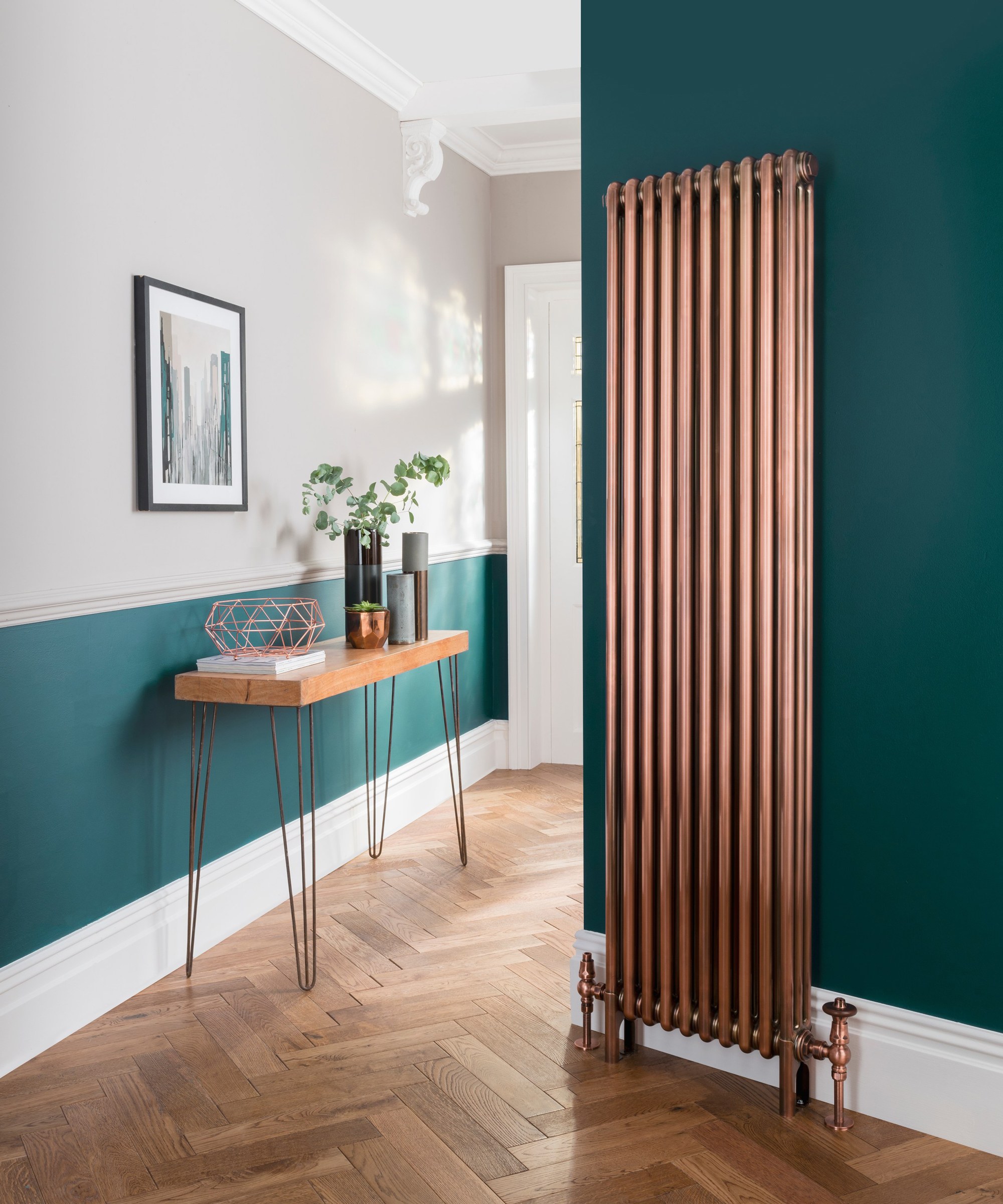How do radiators work? Your guide to understanding radiator heaters
Wondering, 'how do radiators work'? Here what you need to know about your home heaters

Want an answer to the question 'how do radiators work'? Understanding how your radiators work is important for two reasons: you'll be better equipped to fix a fault, and you will know why your home heats up the way it does.
Radiator heating is still one of the most common forms of heating used around the world today. Radiators form a part of the traditional home central heating system – they are reliable and efficient at heating your home. Here's what you need to know about the way they do this.

How do radiators work?
Understanding how radiators work is all about understanding that they are part of your central heating system, with the center being the type of boiler you have. The boiler, whether it's powered by electricity or gas, heats up water that then travels around your pipes and enters into your radiators, which is how they heat up. In older homes, this water is converted into steam as it's heated up; then, when it eventually cools after heating up your radiators, it condenses back into water to be heated up by the boiler again. In newer homes, the water is not converted into steam.
It's important to understand that water does not stay inside your radiators all the time but travels in and out through radiator valves. Water only stays inside the radiator when you want it to heat your home. Because of this back-and-forth action, radiators are prone to getting air trapped inside them, which can lead to uneven heating. Knowing how to bleed a radiator is essential to keeping them working well.

But how do radiators work to heat my home, you may wonder? Gerald Carpenter, a professional plumber in the third generation and consultant on Sanitary Review, gives the simple explanation that 'radiators work based on the convection principle. When the radiator is filled with hot water, the surrounding air gets hotter too and starts circulating around the room by displacing cold air. It's a closed cycle process that allows radiators to heat your home effectively.'
While the heat rises from your radiator in the form of air, the water inside becomes cooler and eventually returns to the boiler to be heated. This process is repeated as long as is needed and is typically regulated with a thermostat. The best radiators are not necessarily the biggest ones – even small ones can heat your home well because they are made from metal such as cast iron, which is a very good conductor of heat.
Because the hot water that travels through the system will be at its hottest when it enters the radiator closest to the boiler, and cooler by the time it reaches the radiator that is the furthest away, it is necessary to perform something that is called balancing. Balancing is essentially the adjustment of how fast the water flows through each radiator. The radiators that are far away from the boiler need to have water flow through them at a slower pace to allow them to heat up as well as those nearer the boiler.
Get small space home decor ideas, celeb inspiration, DIY tips and more, straight to your inbox!
What are the two valves on a radiator for?
These are the valves that control water flow in and out of your radiator. As Carpenter explains, the valves 'are required for water flow adjustment. The upper valve lets you control how much water flows inside, while the bottom valve controls how much water goes out. By adjusting both valves properly, you can achieve the desired constant radiator temperature.'

Does it matter which way the water flows inside a radiator?
Yes, and it always works the same way. Carpenter explains that 'the water in a radiator always enters through the top valve and quits it through the bottom valve. The reason for that is simple – hot fluid always rises, while cold water always sinks.'
How do electric radiators work?
Electric radiators heat your home in exactly the same way as traditional radiators, by convection. However, unlike conventional radiators, they don't use hot water. Instead, they are permanently filled with a thermodynamic fluid called glycol. This liquid heats up when an electrical current passes through it. Unlike traditional radiators, electric radiators don't require balancing or bleeding and are energy efficient so ideal if you're trying to save energy at home. However, they are significantly more expensive to run.
Anna is a professional writer with many years of experience. She has a passion for contemporary home decor and gardening. She covers a range of topics, from practical advice to interior and garden design.